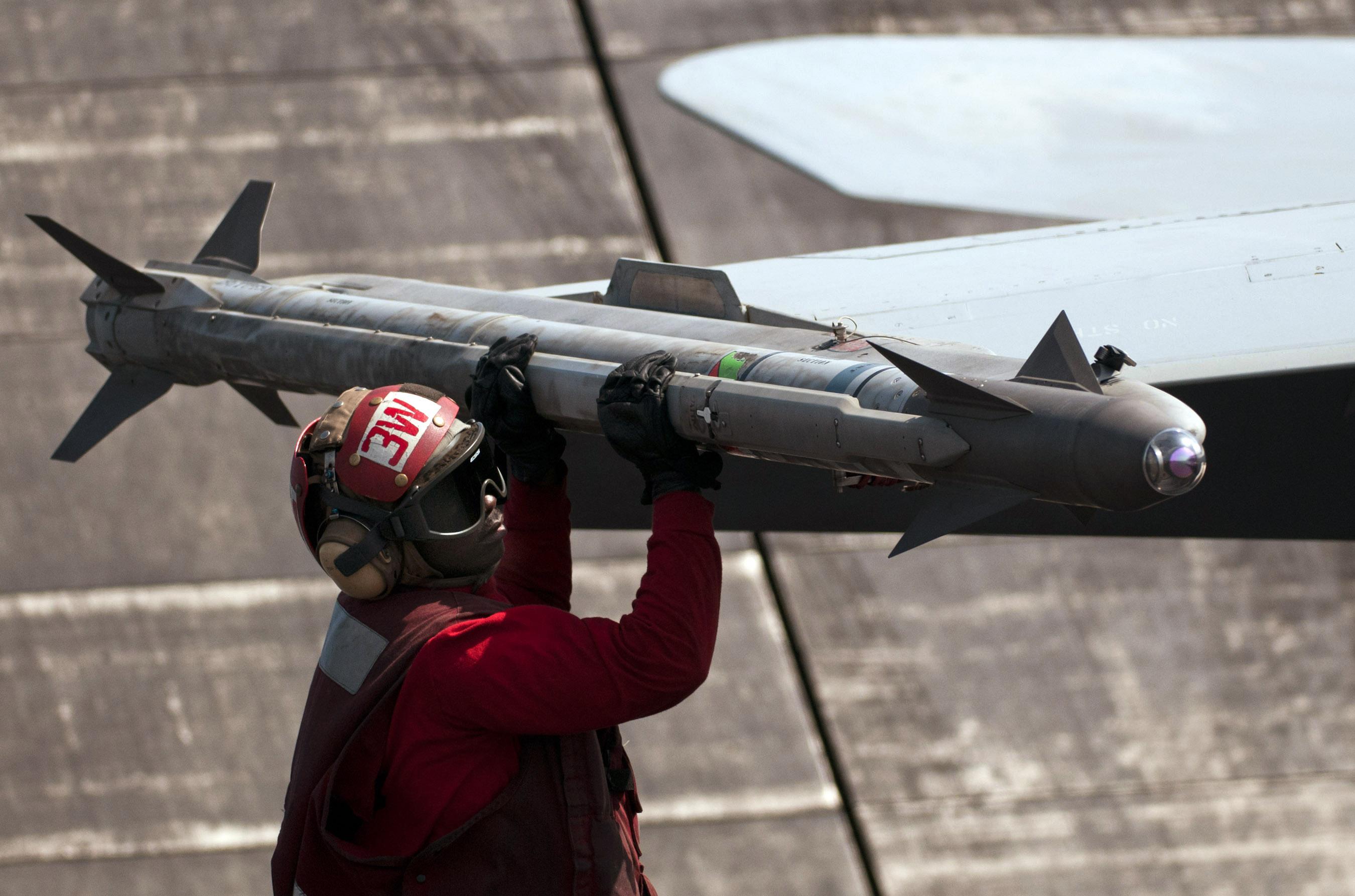- Joined
- Apr 18, 2013
- Messages
- 4,055
- Location
- The city of Townsville
- Display Name
Display name:
Mantis Toboggan, MD
Two ends arguing about the middle.
In my experience, much of which is applicable to this thread, line pilots often are not aware of the state of the art and rate of progress in guidance, navigation, and control; and the developers of this technology are often not aware of the details of certification in a flight critical application. What is possible is not necessarily what is certifiable, and until the FAA accepts control laws that may not be deterministic or may not be suited to commonly accepted means of validation and verification the technology will be confined to applications that are more willing to accept the risk (read: military). Full authority FBW was well matured by the time civil applications became practical, and people still complain about pilots not having direct yoke-to-surface control of airplanes, but it is in widespread use. OTOH, it is naive to fail to recognize that customers (read: carriers) are funding development of autonomy in passenger-carrying applications - it may be a long-shot and far horizon technology but there is interest and progress.
Nauga,
who doesn't think there is the equivalent of certification DAL in automotive applications
In my experience, much of which is applicable to this thread, line pilots often are not aware of the state of the art and rate of progress in guidance, navigation, and control; and the developers of this technology are often not aware of the details of certification in a flight critical application. What is possible is not necessarily what is certifiable, and until the FAA accepts control laws that may not be deterministic or may not be suited to commonly accepted means of validation and verification the technology will be confined to applications that are more willing to accept the risk (read: military). Full authority FBW was well matured by the time civil applications became practical, and people still complain about pilots not having direct yoke-to-surface control of airplanes, but it is in widespread use. OTOH, it is naive to fail to recognize that customers (read: carriers) are funding development of autonomy in passenger-carrying applications - it may be a long-shot and far horizon technology but there is interest and progress.
Nauga,
who doesn't think there is the equivalent of certification DAL in automotive applications


